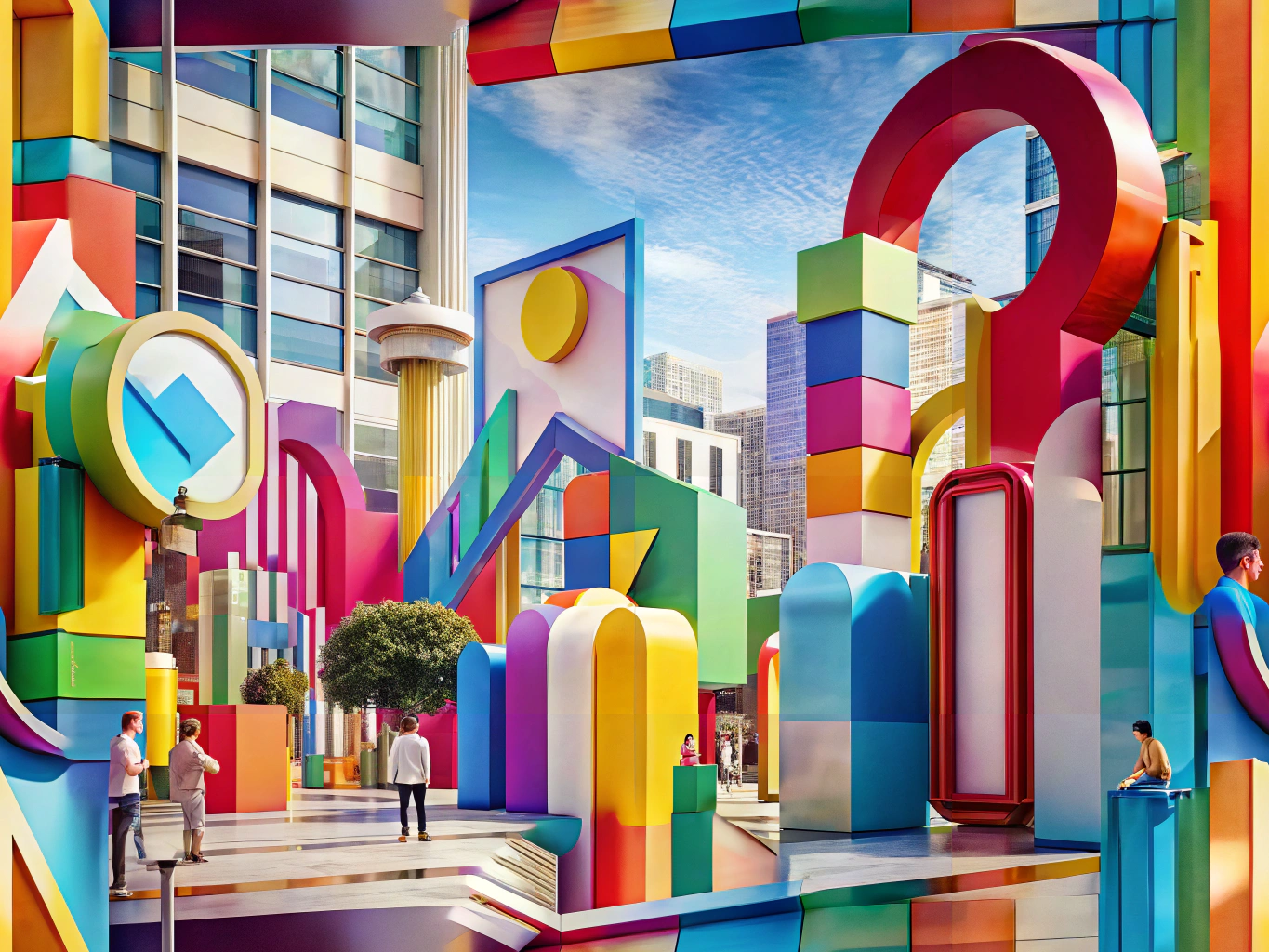The Art of Color: Crafting Customer Experiences Through Signage
Imagine walking into a store and feeling an immediate sense of calm, or perhaps a sudden burst of energy. This isn’t just a coincidence—it’s the magic of color psychology at work. In the world of marketing, branding, and advertising, colors are more than just visual elements; they are powerful tools that can influence customer behavior and buying decisions. Let’s dive into the vibrant world of color psychology and discover how it shapes our experiences and decisions.
The Palette of Emotions: Understanding Color Psychology
Colors have a profound impact on our emotions and perceptions. In marketing, the psychology of colors is a strategic tool used to evoke specific feelings and reactions. For instance, blue often conveys trust and reliability, making it a popular choice for banks and tech companies. On the other hand, red is known for its ability to grab attention and create a sense of urgency, which is why it’s frequently used in clearance sales and fast-food advertising.
Branding with Color: Crafting a Visual Identity
When it comes to branding, color psychology plays a crucial role in defining a brand’s identity. Think of iconic brands like Coca-Cola or Tiffany & Co. Their signature colors are not just part of their logos; they are integral to their brand stories. By understanding the psychology of colors in branding, businesses can create a visual identity that resonates with their target audience and reinforces their brand message.
Advertising’s Secret Weapon: The Influence of Color
In the realm of advertising, colors are used strategically to influence consumer behavior. The psychology of colors in advertising is all about creating an emotional connection with the audience. For example, green is often associated with health and wellness, making it a popular choice for organic and eco-friendly products. Meanwhile, black exudes luxury and sophistication, often used in high-end fashion and automotive ads.
The Business of Color: Driving Customer Decisions
Color psychology in business is not just about aesthetics; it’s about driving customer decisions. The impact of color on customer behavior is significant, as it can influence perceptions of quality, value, and even taste. For instance, studies have shown that warm colors like red and orange can stimulate appetite, which is why they’re commonly used in restaurant signage.
The Science Behind the Shades: How Colors Influence Buying Decisions
Understanding how colors influence buying decisions is essential for any business looking to enhance its marketing strategy. By leveraging the power of color psychology, businesses can create environments that encourage spending and foster brand loyalty. Whether it’s the calming effect of blue in a spa or the energizing impact of yellow in a gym, the right color choice can make all the difference.
Creating Impactful Signage: The Role of Color in Customer Engagement
Signage is a critical touchpoint in the customer journey, and color plays a pivotal role in its effectiveness. The impact of color on customer behavior is evident in how it can attract attention, convey information, and even guide decision-making. By incorporating color psychology into signage design, businesses can enhance customer engagement and create memorable experiences.
A Colorful Conclusion: The Lasting Influence of Color
In the world of marketing, branding, and advertising, the influence of color is undeniable. By understanding and applying the principles of color psychology, businesses can create powerful visual experiences that resonate with their audience and drive customer behavior. So, the next time you see a vibrant sign or a colorful ad, remember—it’s not just about aesthetics; it’s about the art of influence.
For more insights on how to effectively use color in your signage, visit our Signage Design Services page.

